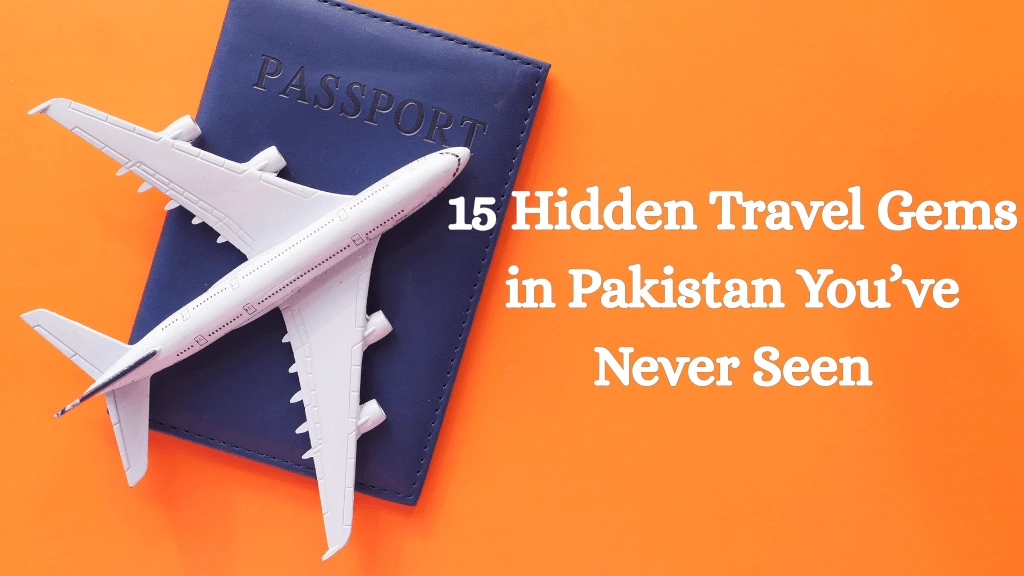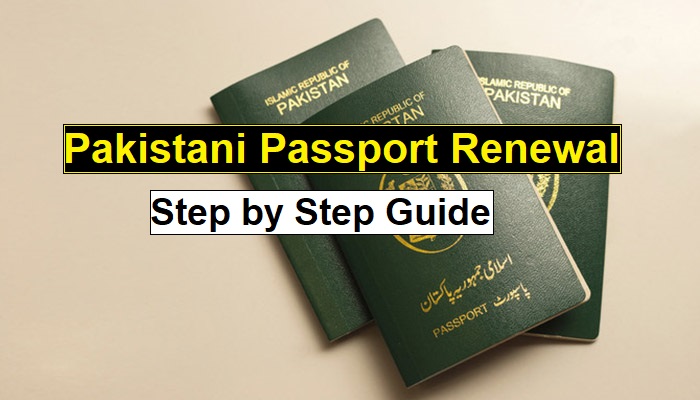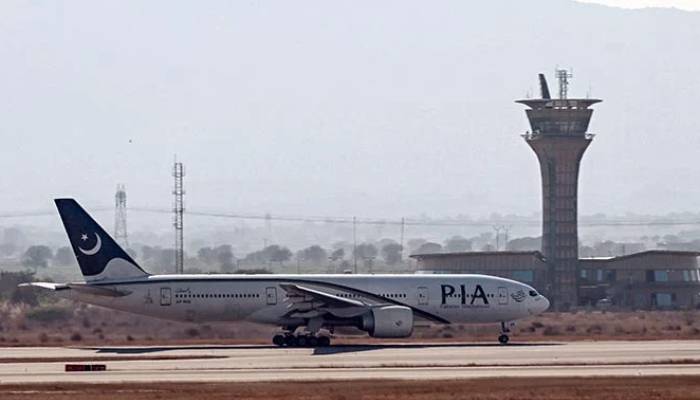15 Hidden Travel Gems in Pakistan You’ve Never Seen
Pakistan is a land of breathtaking landscapes, ancient civilizations, and diverse cultures. While destinations like Hunza, Skardu, and Swat have become travel darlings, the country also hides spectacular lesser-known treasures that promise unmatched beauty, quiet escapes, and authentic local experiences. In this comprehensive travel guide, we reveal 15 hidden travel gems in Pakistan—many of which even locals haven’t discovered.
1. Ratti Gali Lake, Azad Jammu & Kashmir
A high-altitude glacial lake located in the majestic Neelum Valley, Ratti Gali is a mirror-like turquoise wonder surrounded by alpine meadows and wildflowers.
- Elevation: 12,130 ft (3,700 m)
- Coordinates: 34.8281° N, 74.3312° E
- Activities: Trekking, glamping, wildflower photography
- Access Route: Jeep ride from Dowarian, followed by a 1-2 hour trek
2. Soon Valley, Khushab District, Punjab
Located within the Salt Range, Soon Valley is a biodiversity haven with sacred Hindu temples, freshwater lakes, and Sufi shrines.
- Main Attractions: Uchhali Lake, Khabikki Lake, Sakesar Peak, Amb Temples
- Key Biodiversity: Migratory birds, rare medicinal plants
- Cultural Element: Hindu and Sufi spiritual heritage
3. Gorakh Hill Station, Dadu District, Sindh
The only hill station in Sindh, Gorakh Hill sits at an altitude of 5,689 feet in the Kirthar Mountains, offering chilly nights and stellar views.
- Climate: Sub-zero temperatures in winter
- Ideal For: Stargazing, motorbiking, digital detox trips
- Nearby Towns: Sehwan Sharif, Johi
4. Chinji National Park, Chakwal, Punjab
This geological park features Eocene period sandstone cliffs, deep gorges, and rich dryland biodiversity.
- Declared: Protected National Park since 1987
- Flora & Fauna: Wild olive trees, Indian pangolin, Punjab urial
- Nearby Sites: Katas Raj Temples, Malot Fort
5. Karambar Lake, Ishkoman Valley, Gilgit-Baltistan
Also known as Qurumbar Lake, this is Pakistan’s second-highest alpine lake, nestled in the Broghil Valley.
- Elevation: 14,121 ft (4,304 m)
- Water Quality: 2nd clearest alpine lake in the world (UNESCO report)
- Permit Required: NOC from Deputy Commissioner
- Best Access Point: Ishkoman or Chitral side via trek
6. Kund Malir Beach, Hingol National Park, Balochistan
A surreal coastal destination located along the Makran Coastal Highway, offering golden sands against rugged mountain backdrops.
- Nearby Attractions: Princess of Hope, Buzi Pass, Hinglaj Mata Temple
- Protected Region: Part of Hingol National Park
- Activities: Beach camping, stargazing, off-road trips
7. Minapin Village, Nagar District, Gilgit-Baltistan
This charming settlement lies near Rakaposhi Glacier and offers access to the Rakaposhi Base Camp Trek.
- Altitude: 6,000 ft
- Local Highlights: Organic fruit orchards, Wakhi culture, Minapin Fort
- Popular Trek Route: Minapin → Tagafari → Rakaposhi Base Camp
8. Katpana Desert (Cold Desert), Skardu
A rare high-altitude desert, Katpana is situated near Skardu Airport and features sandy dunes backdropped by snow-capped peaks.
- Elevation: 7,300 ft (2,225 m)
- Climate: Sub-zero winters, mild summers
- Activities: Sandboarding, ATV rides, landscape photography
9. Tilla Jogian, Jhelum District, Punjab
Once a spiritual retreat for Hindu jogis, this site is now a forgotten hiking destination with panoramic views of the Pothohar Plateau.
- Elevation: 3,200 ft
- Historical Significance: Associated with Guru Nanak and Alexander the Great
- Structures: Ancient monastery ruins, water tanks, meditation caves
10. Bumburet Valley, Kalash, Chitral District
One of the Kalasha Valleys, Bumburet is famous for its indigenous Kalasha tribe, pagan customs, and vibrant seasonal festivals.
- UNESCO Tentative List: Since 2006
- Festivals: Joshi (May), Uchal (August), Chaumos (December)
- Language & Culture: Kalasha-mun language, polytheistic beliefs
See Also: Online Passport Application Pakistan Step By Step Guide 2025
11. Ghanche District, Gilgit-Baltistan
A mountainous region bordering Ladakh and China, home to pristine glaciers and centuries-old Islamic heritage.
- Capital: Khaplu
- Highlights: Chaqchan Mosque (1370 AD), Khaplu Palace (19th century), Masherbrum Viewpoints
- Trek Base: Hushe Valley → Masherbrum Base Camp
12. Hingol National Park, Lasbela, Balochistan
Pakistan’s largest national park, spanning over 6,100 square kilometers, combining deserts, canyons, and marine ecosystems.
- Flagship Species: Sindh Ibex, Balochistan bear, Marsh crocodile
- Geological Wonders: Mud volcanoes, rock formations, Makran coast
- UNESCO Geopark Candidate Site
13. Shounter Lake, Astore District, Gilgit-Baltistan
A lesser-known glacial lake in the Shounter Valley, located near the Line of Control and surrounded by alpine forests.
- Access Point: Via Kel (Neelum Valley) and jeep ride
- Elevation: 10,200 ft
- Best For: Camping, trout fishing, untouched wilderness
14. Katas Raj Temples, Salt Range, Punjab
A sacred complex of Hindu temples surrounding a mythological water pond, believed to be created by Shiva’s tears.
- UNESCO Tentative List Site
- Religious Relevance: Pilgrimage site for Hindus across South Asia
- Nearby Forts: Malot Fort, Tulaja Fort
15. Ziarat, Balochistan
A serene hill station famous for the Juniper Forest Reserve (second-largest in the world) and Quaid-e-Azam’s Residency.
- Climate: Snowfall in December–February
- Biodiversity: Juniper trees, Markhor, Himalayan black bear
- Cultural Heritage: Pashtun traditions, colonial-era buildings
Final Thoughts
Pakistan’s lesser-known destinations provide an opportunity to explore nature and heritage with minimal human impact. From cold deserts and ancient temples to untouched alpine lakes, these gems offer something truly authentic.
Travel Tips:
- Always check NOC and security regulations before visiting remote regions.
- Travel sustainably by respecting local cultures and the environment.
- Hire local guides to support the economy and ensure cultural sensitivity.
Stay curious. Travel mindfully. Discover the Pakistan that’s still off the map.




Post Comment